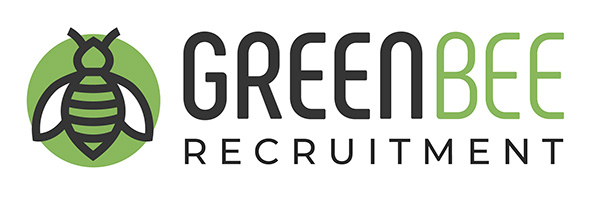By Green Bee Recruitment x EC Human Resources
You’re interviewing a candidate tomorrow. You’re short on time. You don’t really know what you’re going to ask. There’s no scoring sheet, no flow, no framework, just vibes and a handshake. And then, inevitably, you hire someone based on gut feeling and fifteen minutes of small talk, only to find out six weeks later that they’ve ghosted, underperformed, or turned out to be completely misaligned with your culture. Sound familiar? You, our friend, are in the sh*t.
But don’t worry. We’ve seen this before, loads of times, and we’re here to fix it. The problem is simple: when there’s no structure in your interview process, poor hiring decisions follow. An interview should be one of the most strategic steps in the hiring journey, not just a casual chat over coffee with no real agenda. When the process is unstructured, the result is always the same. Candidates have inconsistent experiences. Bias creeps into decision making. There’s no fair benchmark or scoring to fall back on. You only skim the surface of who someone is and miss the big red flags that matter. And you either hire the wrong person or scare off the right one.
So, what does a structured interview process actually look like? It starts well before you sit down with the candidate. Preparation matters. Candidates need to be briefed properly and honestly so they arrive ready to show you their best. You should already have thought about what interview format suits the role. Are you trying to uncover technical skills, cultural alignment, an attitude that will lift the team, or something else entirely? Without clarity at this stage, you’re already on shaky ground.
Once you get into the interview itself, the questions need to be deliberate and designed to reveal more than surface-level answers. Behavioural-based and role-specific questions work far better than vague conversation. They strip away the waffle and get to the evidence that actually shows whether someone can deliver. A good scoring system then allows you to measure candidates consistently and fairly. Instead of relying on memory or gut instinct, you’re able to make decisions that stand up to scrutiny.
The process doesn’t end when the questions stop. How you compare and follow up with candidates is just as important. Structured scorecards allow you to put people side by side in a fair and objective way. Second-round interviews, consistent follow-ups, practical tasks or even values-based discussions give you the depth you need to avoid costly mistakes. And a proper feedback process benefits everyone. Candidates know where they stand, every time, and you get valuable insight into what you might have missed.
When businesses get this right, the difference is huge. You save time because you’re no longer wasting hours interviewing six people for no reason. You gain confidence because your decisions are based on evidence rather than hunches. Your brand improves because candidates feel respected and engaged, whether they’re successful or not. Most importantly, you reduce turnover because you’re finally hiring people who genuinely fit the role and the culture of your organisation.
We’re Richard from Green Bee Recruitment and Emma from EC Human Resources, and between us, we’ve seen what bad interview processes can do to a business, and what amazing ones can do for growth. You don’t need to reinvent the wheel. You just need a structure that works, and two people who genuinely want to help you get there.
If you’d like to take the first step, you can grab our free Recruiter DIY Toolkit, which includes more around interview structure, right here: https://shorturl.at/5nXpJ. Or, if you’d prefer to talk it through, book a ten-minute chat with us. We’ll help you get out of the sh*t and into a system that works.




